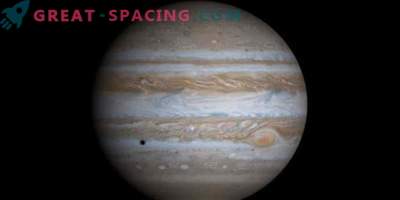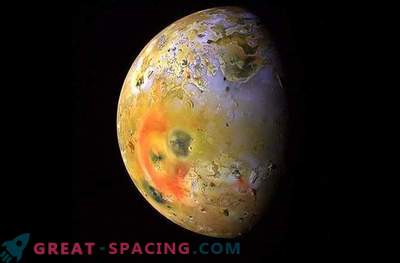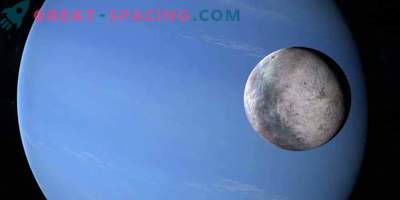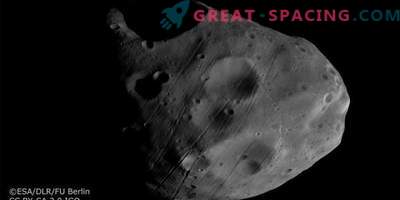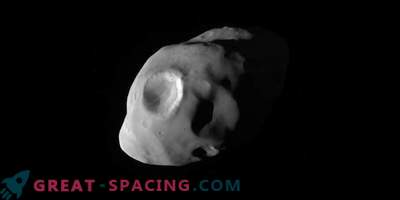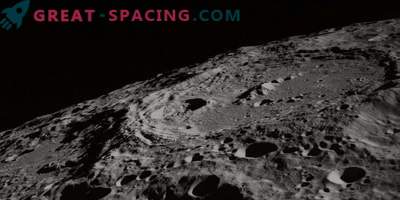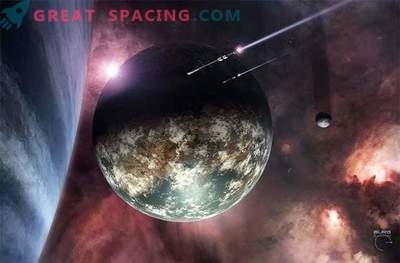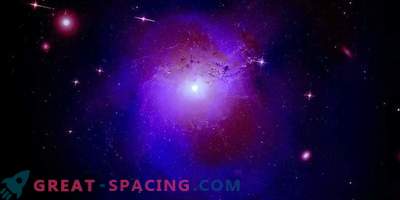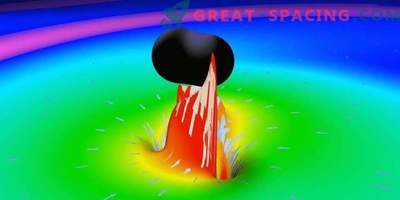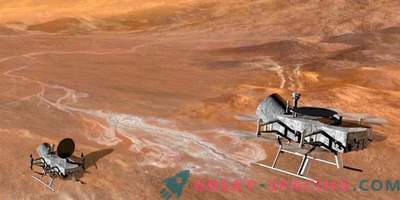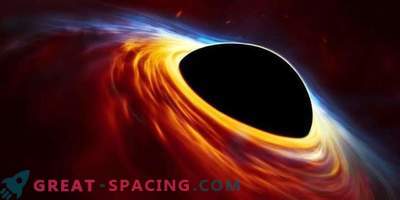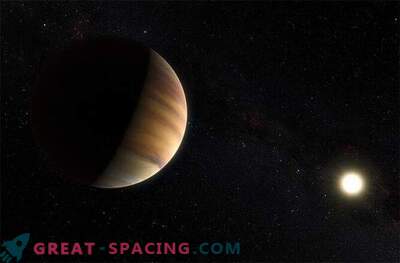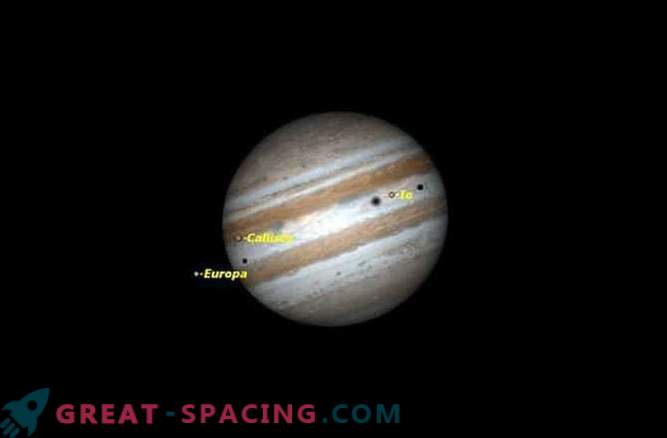
On the night of January 23, an extremely rare event occurred: the 3 moons of the planet of the giant Jupiter were clearly visible as they passed against the surface of the planet. This unique spectacle can be seen from almost all of North America. Such triple transitions are quite rare by earthly standards for Jupiter. Over the past 15 years, they can be seen only 2 times, and the next is not expected until 2032.
At the beginning of the 17th century, Galileo discovered 4 satellites of Jupiter, which can be considered as sources of light on different sides of the planet: that is, the moons of Jupiter. Now the satellites are known by the names - Io, Europa, Ganymede and Callisto. Since then, 63 Jupiter satellites have been discovered, most of which are so small that they cannot be seen in the amateur telescope. Almost all the satellites discovered by Galileo rotate along their trajectories around the giant planet, sometimes pass in front of it, sometimes they are lost in its shadow, sometimes they are behind the planet.
Satellites motion animation:
Due to the complex gravitational interaction between Jupiter and all its satellites, the Galilean satellites do not move in independent orbits, but form the so-called regular system, which is distinguished by coplanarity (orbital arrangement in the plane of the planet's equator) and an almost circular form of orbits. The orbital periods of the inner moons are distributed as follows: Io makes a revolution in 1, 769 days; Europa for 3, 551 days; Ganymede for 7, 155 days. If you make simple mathematical calculations and divide these periods by the orbital period of Io, you can find that you get an almost perfect ratio of 1 to 2 to 4, which is a classic example of orbital resonance. Only Callisto with the largest circulation period of 16,689 days does not match this pattern. It is because of this resonance that Io and Europe quite often appear together against the background of the surface of Jupiter, which is usually far away from them on Ganymede. The black shadows of the moons were also visible when viewed from telescopes with a 90 mm lens diameter. Although the shadows are not particularly large, they are distinguished by a high degree of contrast. Consider the satellites themselves more difficult. Ganymede and Callisto can be observed with a large lens diameter of 127 mm, and Io and Europe are difficult to see even with a 280 mm lens, except for the moments of their entry / exit to the background of Jupiter's disk. Io and Europe merge with the constantly cloudy surface of the planet.
Satellites are on the background of the visible side of Jupiter for different periods of time due to different orbital velocities. Shadows of satellites are also located at different distances from satellites due to different distances from Jupiter. As a result, the shadows of the three satellites were visible for 24 minutes, and the satellites themselves were on the background of the planet's surface for four minutes.



